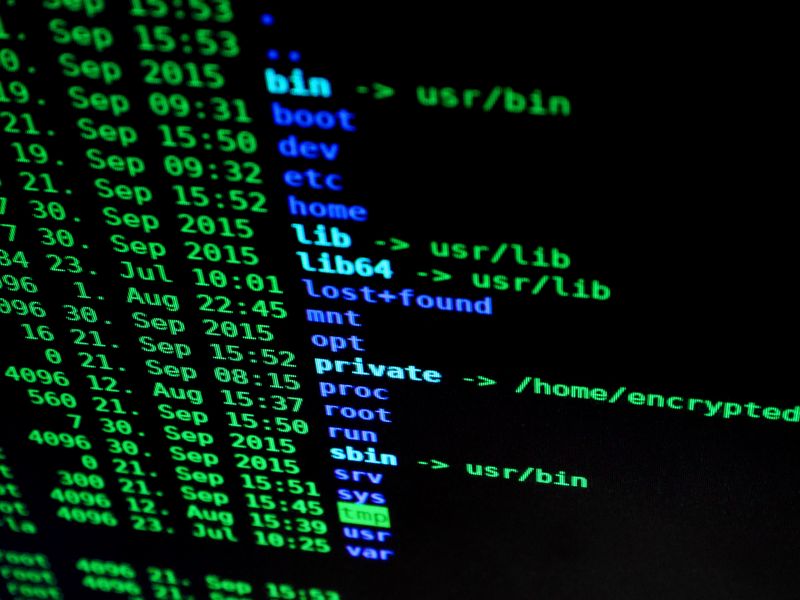API Security Testing for Dummies [Free eBook]
Preventing Breaches, Releasing Secure Code, and Optimizing API Security
In today’s rapidly evolving technological landscape, the need for robust security measures has become more crucial than ever. As businesses increasingly rely on application programming interfaces (APIs) to connect and share data, ensuring the security of these interfaces has become a paramount concern. In this report, we will examine the importance of API security testing and provide a comprehensive guide for building a secure future.
The Significance of API Security
An API acts as a bridge that allows different software applications to communicate and share information. With the widespread adoption of cloud computing, Software-as-a-Service (SaaS), and Artificial Intelligence (AI), the usage and importance of APIs have skyrocketed. However, with this increased reliance, the risks and vulnerabilities associated with APIs have also grown.
APIs are not immune to security breaches and exploitation. Malicious actors can exploit weaknesses in poorly secured APIs to gain unauthorized access to data, manipulate systems, or execute other malicious activities. This can have severe consequences for businesses, including reputational damage, financial loss, and legal liabilities.
The Necessity of API Security Testing
API security testing is a crucial step in ensuring the integrity and confidentiality of data exchanged through APIs. It involves systematically identifying and addressing vulnerabilities and weaknesses before they can be exploited by attackers.
By conducting regular and comprehensive API security testing, businesses can identify potential vulnerabilities and develop strategies to mitigate them effectively. This process can help prevent breaches, protect user data, maintain business continuity, and safeguard the overall integrity of the software ecosystem.
A Practical Guide for Building Secure APIs
Building secure APIs requires a multi-faceted approach that combines technical expertise, thorough testing, and a commitment to ongoing security maintenance. The following steps should serve as a guide for organizations in their quest to build secure APIs:
1. Implement Secure Coding Practices
Developers should be well-versed in secure coding practices to minimize the chances of introducing vulnerabilities into the API codebase. Adhering to established security coding standards, such as the OWASP API Security Top 10, can significantly enhance the security posture of APIs.
2. Conduct Regular Security Assessments
Regular security assessments should be conducted to identify vulnerabilities and weaknesses. This can involve both manual and automated testing techniques, including penetration testing, vulnerability scanning, and code review.
3. Enforce Role-Based Access Controls
Implementing role-based access controls is vital for mitigating the risk of unauthorized system and data access. By defining and enforcing access privileges based on user roles, organizations can ensure that only authorized individuals can interact with the API.
4. Implement Strong Authentication and Authorization Mechanisms
APIs should employ robust authentication and authorization mechanisms to verify the identity of users and control their access to resources. This can involve the use of secure protocols such as OAuth 2.0 or OpenID Connect.
5. Monitor API Traffic and Detect Anomalies
Ongoing monitoring of API traffic can help identify and respond swiftly to any suspicious activity. Implementing intrusion detection systems, anomaly detection algorithms, and log analysis can aid in uncovering potential threats before they cause significant harm.
6. Keep APIs Up to Date
Regularly updating APIs with the latest security patches and improvements is crucial to address emerging vulnerabilities and protect against evolving threats. Organizations should have a well-defined process to ensure timely updates and security fixes.
The Importance of Investing in API Security
API security should be a top priority for organizations across various industries. Neglecting API security can have dire consequences, ranging from financial loss to reputational damage and regulatory non-compliance. It is the responsibility of businesses to ensure that they invest in the necessary tools, expertise, and processes to build and maintain secure APIs.
Conclusion
As technologies continue to advance, securing APIs has become a pressing concern. API security testing provides businesses with a proactive approach to identify vulnerabilities, prevent breaches, and optimize overall API security. By following best practices, conducting regular assessments, and investing in robust security measures, organizations can safeguard their digital ecosystems and build a secure future.
Note: The New York Times is not affiliated with the “API Security Testing for Dummies” eBook mentioned in this report, and the content is solely based on the information provided in the question.

<< photo by Ramón Salinero >>
The image is for illustrative purposes only and does not depict the actual situation.
You might want to read !
- Exploring the Evolving Threat Landscape: MITRE’s Latest Updates to the CWE Top 25
- Cybersecurity Alert: Proxyjacking Campaign Exploiting Vulnerable SSH Servers
- “Proton’s Open Source Password Manager: A Game-Changer in Data Security”
- Amsterdam Hosts IEC Standardization Leaders for Critical Review of Utility Interworking Standards
- The Dangerous Convergence: AI-Enabled Voice Cloning and Deepfaked Kidnapping
- The Evolving Landscape: Cybersecurity and Digital Transformation Insights from DOE CIO
- TSMC Faces Cyber Threats: A Closer Look into the Hacking Incident
- “Dark Reading’s CISO Advisory Board: A Promising Step Towards a Secure Cyber Future”
- The Rise of Sophisticated Browser-Based Social Engineering Tactics: Insights from WatchGuard Threat Lab
- The Rise of Invary: Bridging the Zero Trust Security Gap with $1.85M in Pre-Seed Funding
- “Are You Exposed to the Perils? MITRE’s 2023 Top 25 Dangerous Software Weaknesses Revealed”
- Ensuring Operational Stability: TXOne Networks’ Stellar Solution Benefits Diverse Industries




